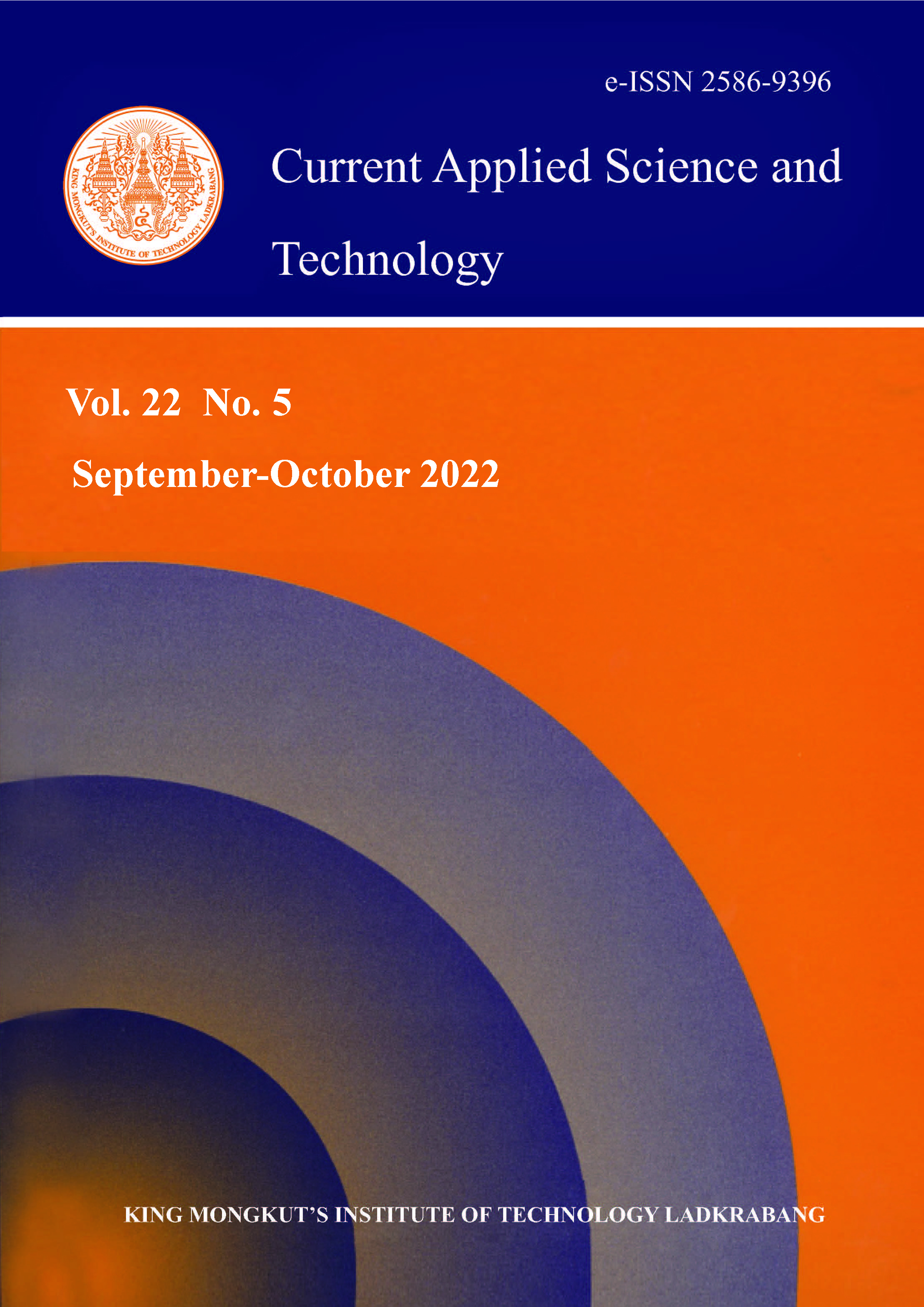The present investigation was carried out on the Beas River, a major tributary of the Indus riverine system in the Mid Himalayan zone, to evaluate the physico-chemical and microbiological parameters during different seasons. For this, based on altitudinal differences, four observation sites were selected: S1 - Manali (urban land), S2 - Takoli (agricultural land), S3 - Mandi town (urban land) and S4 - Kunn Ka Tarr (forest land), located in the Kullu and Mandi districts of Himachal Pradesh. Lotic ecosystems can undergo rapid changes in their hydrology. Hence, biomonitoring using EPT index (Ephemeroptera, Plecoptera and Trichoptera) was also carried out at every station. Furthermore, temporal biological components (macroinvertebrates seasonal analysis) were added to the information acquired by traditional physico-chemical analysis. Macroinvertebrates are sensitive organisms and can act as bioindicators of water quality. The physico-chemical parameters analyzed in the study area were water temperature, pH, turbidity, total alkalinity, TDS, total hardness, chloride, dissolved oxygen, biological oxygen demand, chemical oxygen demand, and total coliforms. Species diversity indices such as Simpson, Shannon and Wiener, and Margalef’s diversity index of macroinvertebrates were calculated for all the monitoring sites on the river. There was no homogeneity observed among the stations, and it was concluded that every station had different trends due to different geographic location, altitude, land use in catchment, and most importantly nature of anthropogenic interference. The study also revealed that anthropogenic interferences not only changed the physico-chemical parameters of the river but also disturbed the macroinvertebrate fauna. The EPT index was low at stations (S1 and S3) where anthropogenic impact was relatively high.
Keywords: Beas; biomonitoring; turbidity; hydrobiology; macroinvertebrate; PCA; water quality index
*Corresponding author: Tel.: (+91) 9459166786
E-mail: devendergndu@gmail.com
Jindal, R. ., Chawla, C. ., Singh*, D. ., Shoshta, A. ., & Kaur, S. . (2021). Biomonitoring and Water Quality Evaluation of River Beas in Mid Himalayan Zone, India. CURRENT APPLIED SCIENCE AND TECHNOLOGY, DOI: 10.55003/cast.2022.05.22.002 (13 pages). https://doi.org/10.55003/cast.2022.05.22.002


https://cast.kmitl.ac.th/doi/10.55003/cast.2022.05.22.002